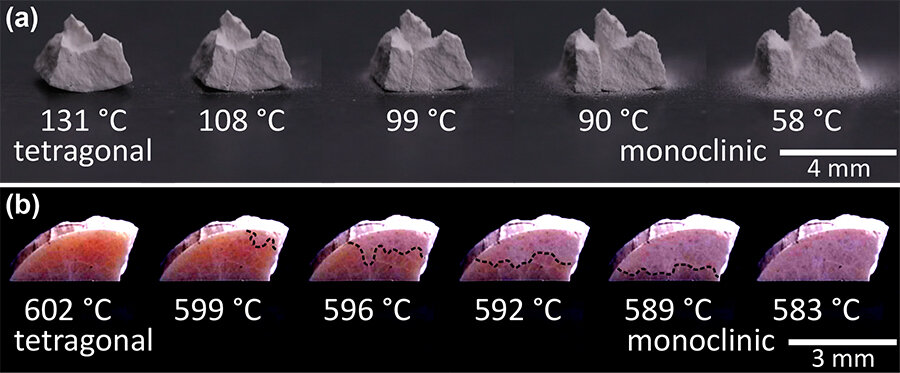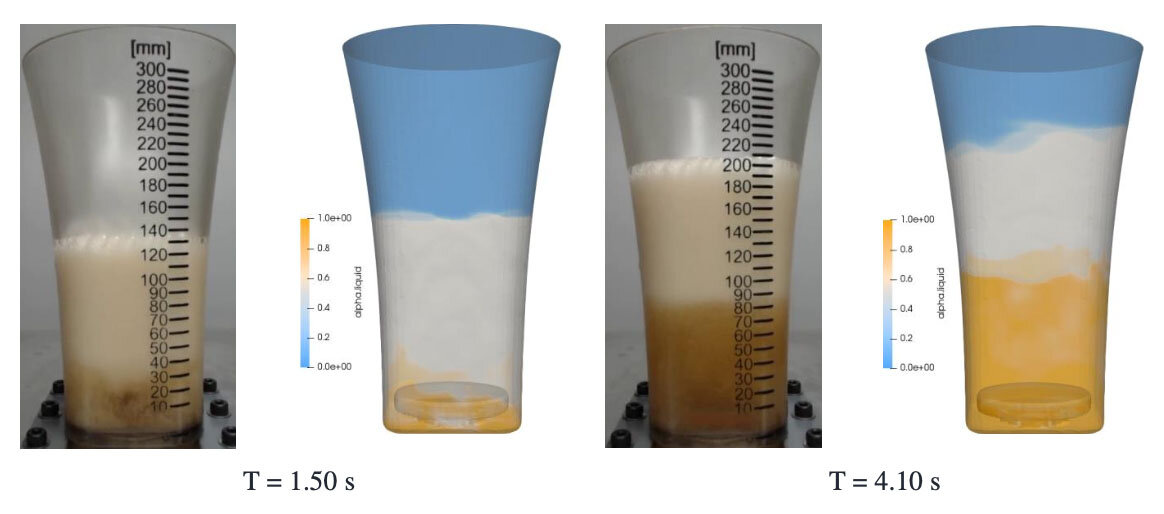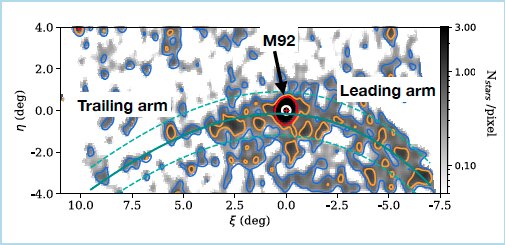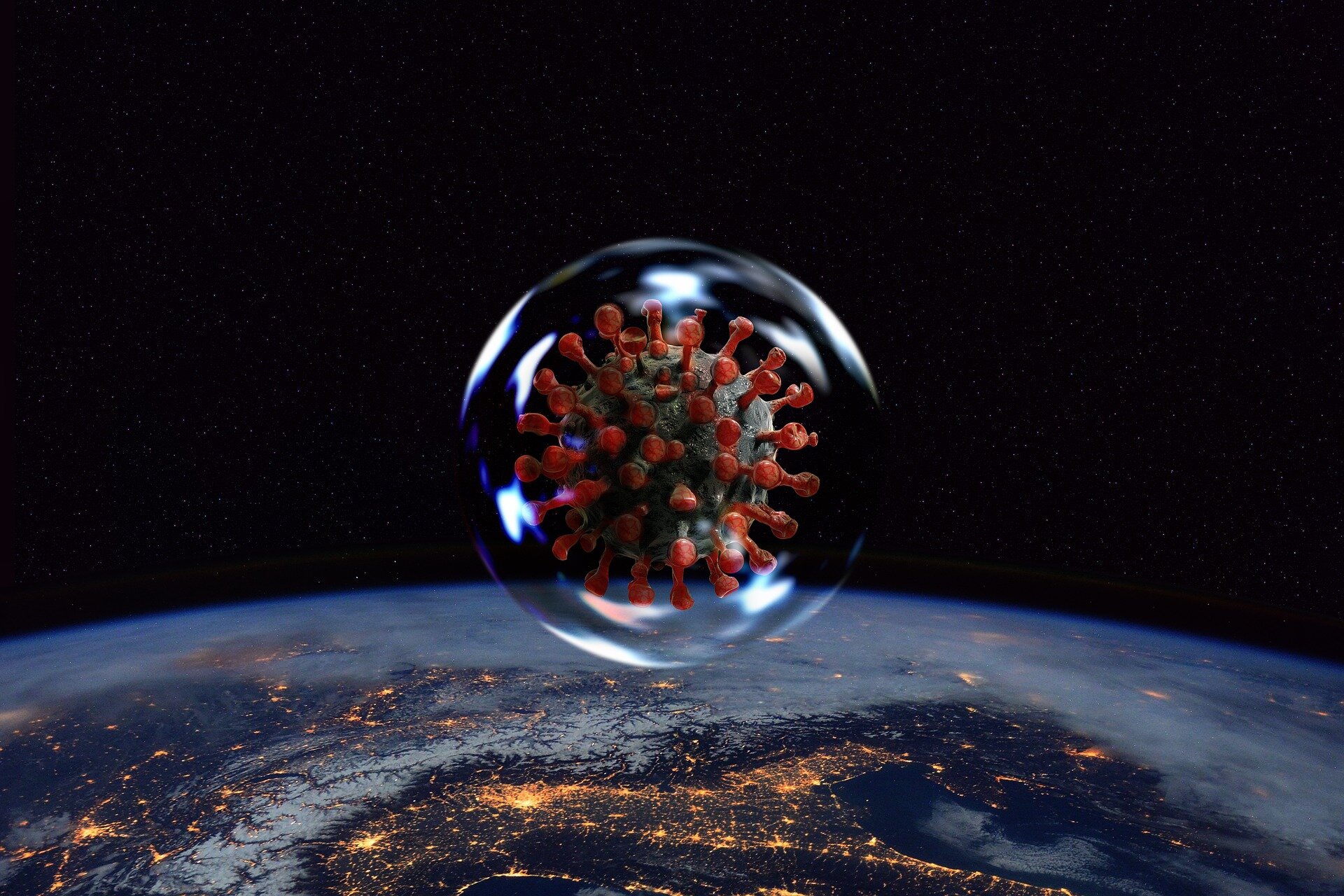#Exploding and weeping ceramics provide path to new shape-shifting material

“#Exploding and weeping ceramics provide path to new shape-shifting material”

An international team of researchers from the University of Minnesota Twin Cities and Kiel University in Germany have discovered a path that could lead to shape-shifting ceramic materials. This discovery could improve everything from medical devices to electronics.
The research is published open access in Nature.
Anyone who has ever dropped a coffee cup and watched it break into several pieces, knows that ceramics are brittle. Subject to the slightest deformation, they shatter. However, ceramics are used for more than just dishes and bathroom tiles, they are used in electronics because, depending on their composition, they may be semiconducting, superconducting, ferroelectric, or insulating. Ceramics are also non corrosive and used in making a wide variety of products, including spark plugs, fiber optics, medical devices, space shuttle tiles, chemical sensors, and skis.
On the other end of the materials spectrum are shape memory alloys. They are some of the most deformable or reshapable materials known. Shape memory alloys rely on this tremendous deformability when functioning as medical stents, the backbone of a vibrant medical device industry both in the Twin Cities area and in Germany.
The origin of this shape-shifting behavior is a solid-to-solid phase transformation. Different from the process of crystallization–melting–recrystallization, crystalline solid–solid transitions take place solely in the solid state. By changing temperature (or pressure), a crystalline solid can be transformed into another crystalline solid without entering a liquid phase.
In this new research, the route to producing a reversible shape memory ceramic was anything but straightforward. The researchers first tried a recipe that has worked for the discovery of new metallic shape memory materials. That involves a delicate tuning of the distances between atoms by compositional changes, so that the two phases fit together well. They implemented this recipe, but, instead of improving the deformability of the ceramic, they observed that some specimens exploded when they passed through the phase transformation. Others gradually fell apart into a pile of powder, a phenomenon they termed “weeping.”
With yet another composition, they observed a reversible transformation, easily transforming back and forth between the phases, much like a shape memory material. The mathematical conditions under which reversible transformation occurs can be applied widely and provide a way forward toward the paradoxical shape-memory ceramic.
“We were quite amazed by our results. Shape-memory ceramics would be a completely new kind of functional material,” said Richard James, a co-author of the study and a Distinguished McKnight University Professor in the University of Minnesota’s Department of Aerospace Engineering Mechanics. “There is a great need for shape memory actuators that can function in high temperature or in corrosive environments. But what excites us most is the prospect of new ferroelectric ceramics. In these materials, the phase transformation can be used to generate electricity from small temperature differences.”
The team from Germany was responsible for the experimental part and the chemical and structural investigation at the nanoscale.
“For the explanation of our experimental discovery that, contrary to expectation, the ceramics are extremely incompatible and explode or decay, the collaboration with Richard James’ group at the University of Minnesota was very valuable,” says Eckhard Quandt, a co-author of the study and a professor in the Institute for Materials Science, at Kiel University. “The theory developed on this basis not only describes the behavior, but also shows the way to get to the desired compatible shape memory ceramics.”
James also highlighted the importance of the collaboration between the University of Minnesota and Kiel University.
“Our collaboration with Eckhard Quandt’s group at Kiel University has been tremendously productive,” added James. “As in all such collaborations, there is sufficient overlap that we communicate well, but each group brings plenty of ideas and techniques that expand our collective ability to discover.”
In addition to James and Quandt, the research team included Lorenz Kienle from Kiel University Andriy Lotnyk from the Leibniz Institute of Surface Engineering, and graduate students Hanlin Gu, Jascha Romer, and Justin Jetter.
New method to produce composites with ‘shape memory’
Hanlin Gu et al, Exploding and weeping ceramics, Nature (2021). DOI: 10.1038/s41586-021-03975-5
Citation:
Exploding and weeping ceramics provide path to new shape-shifting material (2021, November 17)
retrieved 18 November 2021
from https://phys.org/news/2021-11-ceramics-path-shape-shifting-material.html
This document is subject to copyright. Apart from any fair dealing for the purpose of private study or research, no
part may be reproduced without the written permission. The content is provided for information purposes only.
If you liked the article, do not forget to share it with your friends. Follow us on Google News too, click on the star and choose us from your favorites.
For forums sites go to Forum.BuradaBiliyorum.Com
If you want to read more Like this articles, you can visit our Science category.



